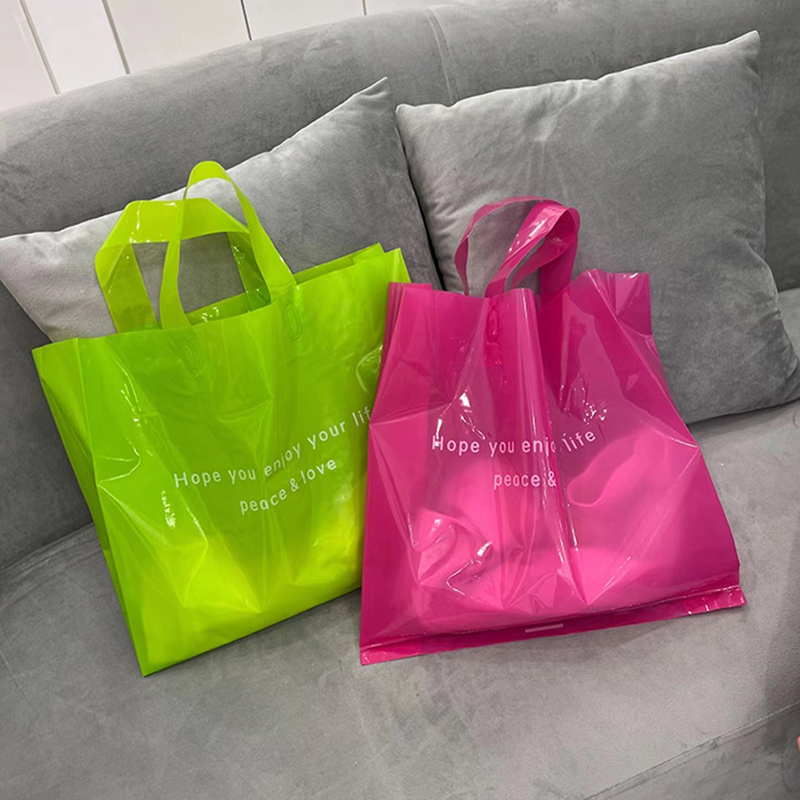EU Introduces Ban On Bisphenol A And Related Bisphenol - Based Substances
On December 31, 2024, the European Union officially issued the ban on bisphenol A (BPA) and certain hazardous, classified bisphenol-based substances (EU) 2024/3190. This move aims to further tighten the regulation on the use of BPA and its related substances in food contact materials or articles. The new regulation amends (EU) No. 10/2011 and repeals (EU) 2018/213.
BPA (CAS No. 80-05-7) is an industrial chemical widely used in the production of food contact materials and articles. It serves as a monomer or starting material in the synthesis of polycarbonate, polysulfone, and epoxy resins. Epoxy resins are mainly applied to the inner and outer coatings of metal packaging such as cans and lids. Additionally, BPA is also used as an additive in adhesives, ion-exchange resins, printing inks, rubber, varnishes, and silicone products. Bisphenol A diglycidyl ether (BADGE), a synthetic chemical based on BPA and epichlorohydrin, is often used as an adhesive for epoxy resins.
Since the release of the food-contact plastics regulation (EU) 10/2011, it has been revised several times. These revisions included restrictions on the application of BPA in food contact materials and articles. For example, (EU) 321/2011 prohibited the use of BPA in polycarbonate (PC) baby bottles, and (EU) 2018/213 expanded the BPA ban to PC infant drinking cups and kettles. This legislation also placed limits on BPA in food-contact varnishes and coatings, stipulating that BPA migration should not be detectable in varnishes and coatings in contact with infant food, and the migration limit for other food-contact varnishes and coatings is 0.05 mg/kg. Besides the EU, countries like the United States, China, South Korea, and Japan also have relevant restrictions on BPA in food contact materials and articles. There is a global consensus on the complete ban of BPA in infant products.

Based on eco-friendly production, Enchuang follows every regulation related to environmental and human sustainability. Shopping bags, mailing bags, and gift bags are made of GRS single material, which is safe to humans and the environment.






 Hot News
Hot News
